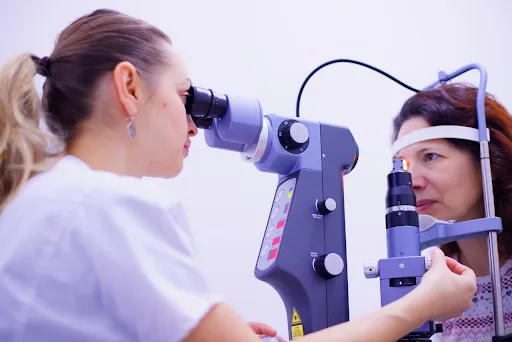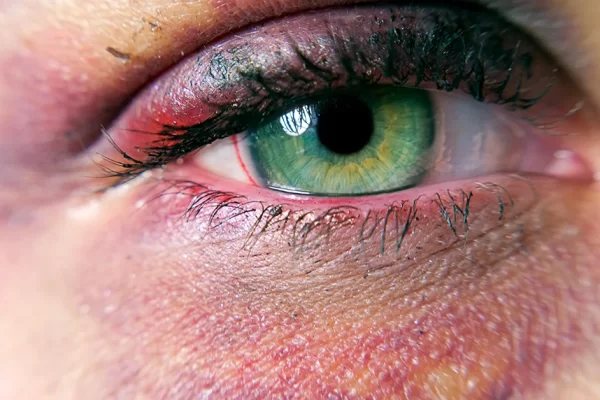Our eyes are essential for how we navigate and experience the world every day. However, small changes or issues with vision may be hints that it’s time for an eye exam. Seeing an optometrist regularly helps catch any underlying problems early before they worsen. This article explores 10 subtle clues that your eyes may need professional evaluation. From mild blurriness to infrequent irritation, learn what to look out for. Catching indications promptly permits addressing discerned conditions prudently through customized care.
Table of Contents
Blurred Or Fluctuating Vision
Have you experienced blurred vision whether far away, nearby, or off and on? This mild yet puzzling sign may discreetly indicate a refractive discrepancy that could benefit from gentle adjustment. However, it may also arise from an emerging eye condition warranting examination. Timely screening allows for delicate identification of any potential causes and enables proactive remedying of fluctuations judiciously to discreetly maintain consistent clarity.
Frequent Headaches Or Eye Strains
Eyes fatiguing or throbbing more days than not could arise from mild visual strain requiring an optometrist’s assessment. Correctible issues like nearsightedness may subtly prompt these symptoms. Gentle examination identifies triggers to relieve discomfort nimbly through eye treatments like updated prescriptions if needed. Nipping headaches early forestalls worse implications subtly.
Sensitivity To Light
Overly watery, irritated, or fatigued eyes in bright settings could subtly portend eye wellness concerns. Brightness bother surpassing average may signal delicate conditions like dryness or inflammations emerging. Timely vetting supports eye functioning fortunately without future issues. In mild cases, addressing triggers heads off worsening prudently.
Difficulty With Glare
Struggling to see well at night or glare situations merits delicate examination. Glare often prompts blindness from light reflects requiring aid. Subtle adjustments like anti-reflective coatings gently remedy perception through these prudently if called for.
Trouble With Close-Up Vision
Waning ability to focus on nearby objects subtly flags visual adjustments as possibly prudent. Presbyopia affecting all above forty subtly inhibits close viewing over time uncorrected yet responds gently to remedies like readers judiciously. Other issues necessitating screening too emerge subtly from these perplexing signs.
Double Or Blurred Vision
Perplexing double images instead of single ones merits immediate consultation. Potential underlying conditions require vetting delicately for customized handling. Early yet prudent screening forestalls progression into discomfort or impediments gently. A dexterous evaluation offers guidance in solving worrying signs prudently.
Droopy Or Misaligned Eyes
Eyelids not opening fully or eyes appearing crossed hint at gentle conditions like thyroid malfunctions demanding skilful assessment. Thyroid function problems subtly influence health including eyes. Timely evaluation leads to prudent management restoring proper appearance sooner.
Discharge, Redness Or Irritation
Mild discharge, sensitivity, or reddening around or within eyes aberrantly flags eye surface problems delicately needing review. Allergies, infections or inflammations could perplexingly be to blame yet respond well to judicious treatment if quickly caught.
Changes In Vision
Occasional fluctuations in vision accompanied by headaches warrant judicious evaluation. Such subtle variances may discreetly indicate an underlying matter requiring timely professional insights. An early and considerate assessment helps prevent any gentle downward trends, thus maintaining clear and comfortable sight over the long term.
Family History Of Eye Diseases
Certain ailments have a hereditary component that can heighten one’s natural vulnerability. If close family members have experienced even discreet eye conditions, make note of this during routine examinations. Doing so enables practitioners to judiciously curate monitoring and treatment plans tailored to each individual’s subtle needs and risk factors. Through compassionate yet prudent periodic reviews, any latent issues can be gently identified and addressed before causing undue worry.





